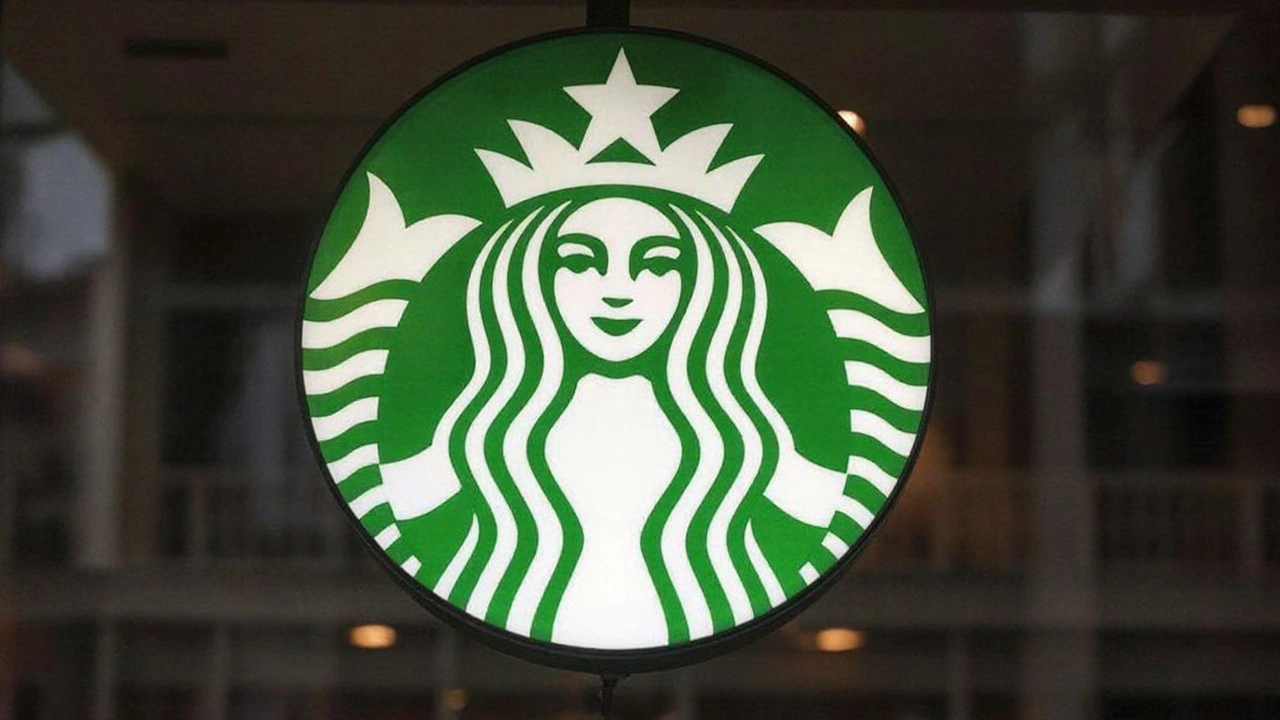Goddard Starbucks Closure – What’s Happening?
When talking about Goddard Starbucks closure, the shutdown of the Starbucks coffee shop in Goddard, Maryland, that sparked a lot of local chatter. Also known as Starbucks Goddard shutdown, it highlights how a single store can affect a neighborhood’s daily rhythm. Residents noticed a quiet corner of Main Street disappear, and the news quickly turned into a discussion about coffee culture, jobs, and the power of big brands.
The brand at the center of this story is Starbucks, the global coffee chain known for its standardized drinks and quick‑service model. Its decision to pull the plug on the Goddard location wasn’t just a corporate footnote; it set off a chain of questions about why certain stores thrive while others don’t. Goddard Starbucks closure illustrates a pattern where market data, lease costs, and foot traffic data converge to shape a store’s fate.
On the other side of the equation sits the local economy, the mix of jobs, small businesses, and consumer spending that keeps a neighborhood humming. When a popular coffee shop closes, the ripple effect touches nearby retailers, commuters, and even local events that relied on the venue for catering. The closure therefore encompasses community response, employment shifts, and altered daily routines.
Why the Closure Matters Beyond a Cup of Coffee
First, think about the people who worked there. Baristas lost regular hours, and part‑time staff suddenly faced a gap in their paychecks. Many turned to nearby diners or gig‑economy platforms, which shows how a single store decision can ripple through the employment landscape. Second, the closure shook the neighborhood’s social fabric. Coffee shops often serve as informal meeting spots, and their absence can force community groups to relocate, affecting everything from book clubs to after‑school meetups.
Third, the incident adds another data point to the broader debate about corporate real‑estate strategies. Analysts note that Starbucks has been pruning stores in markets where rent spikes outpace sales growth. This trend influences how landlords negotiate future leases, and it pressures other chains to reassess their footprints. In short, the Goddard shutdown illustrates how corporate decisions require local market insight.
Fourth, the closure sparked a wave of creative community responses. Some residents organized a pop‑up coffee cart in the vacant lot, while others launched a petition demanding a new independent coffee shop. These actions highlight how a perceived loss can ignite grassroots initiatives, reinforcing the idea that a community can reshape its own economic landscape.
Finally, the story sits alongside other news topics that shape daily life. From pop‑culture debates like Sabrina Carpenter’s album controversy to high‑school football scores and discussions about vehicle ownership, the tag collection on our site shows how diverse issues intersect. The Goddard Starbucks closure adds a local‑business angle to that mix, reminding readers that national trends often play out in our street corners.
By the end of this overview, you’ll see how a single store shutdown ties into employment, community identity, corporate strategy, and even the broader news ecosystem. Below, you’ll find a curated set of articles that dive deeper into each of these angles, offering perspectives ranging from economic analysis to personal stories. Keep reading to discover the full picture behind the Goddard Starbucks closure.
The Goddard Starbucks on Main Street announced its shutdown next month, leaving regulars and employees uneasy. Management cites lease negotiations and shifting market trends. City officials and locals weigh in on the economic ripple effect. Former baristas discuss job prospects and the chance for a new venue. The story reflects broader changes in small‑town retail.
